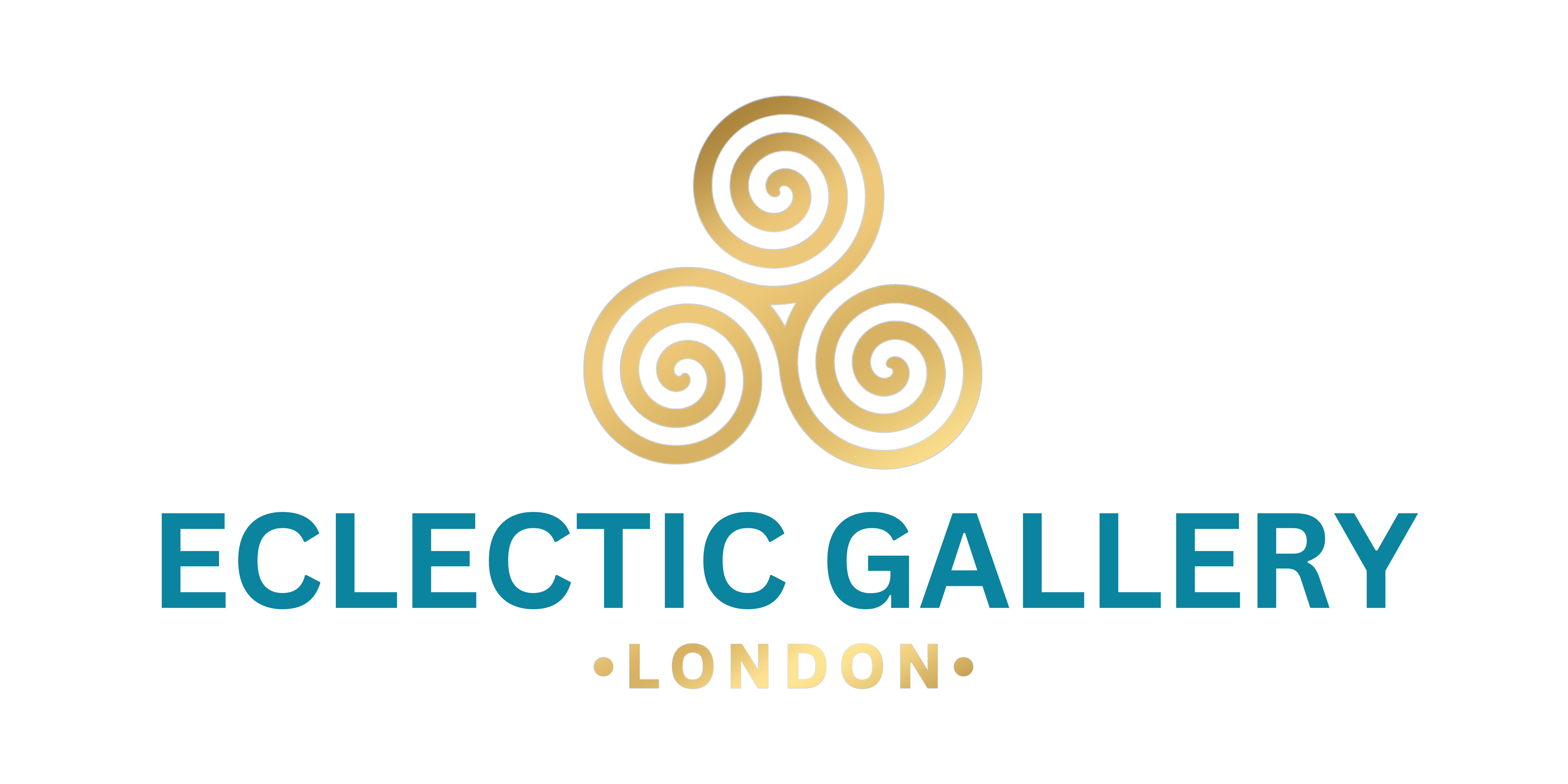Art has long been recognized as a powerful medium for social commentary and activism, serving as a platform for expressing dissent, advocating for change, and challenging societal norms. From ancient times to the modern era, artists have utilized their creative talents to protest injustice, inequality, and oppression, making a profound impact on society through their visual expressions.
At the heart of art as protest lies the ability of visual imagery to evoke powerful emotions, stimulate critical thinking, and spark conversations about pressing social issues. Through paintings, sculptures, murals, photographs, and other artistic forms, individuals and communities have found a voice to amplify their grievances, aspirations, and calls for justice.
One of the most significant roles of art in social movements is its capacity to raise awareness and mobilize support for causes that may otherwise be overlooked or marginalized. By portraying the human experience in vivid and compelling ways, artists bring attention to systemic injustices, human rights violations, environmental crises, and other pressing concerns, prompting viewers to reflect on their own beliefs and values.
Throughout history, numerous art movements have emerged as forms of protest against prevailing social conditions and political ideologies. From the Dadaists' anti-war sentiments during World War I to the graffiti artists of the 1980s advocating for urban renewal and social justice, artists have continually challenged the status quo and pushed boundaries through their creative expressions.
One such movement that epitomizes art as protest is the Civil Rights Movement of the 1950s and 1960s in the United States. Through powerful images of marches, sit-ins, and acts of resistance, artists like Gordon Parks, Elizabeth Catlett, and Jacob Lawrence captured the spirit of the movement and conveyed its message of equality and justice to a global audience.
In addition to raising awareness and fostering solidarity, art as protest also serves as a form of catharsis and empowerment for both artists and audiences. By channeling their experiences, frustrations, and hopes into their creative works, artists find a means of self-expression and healing amidst adversity. Similarly, viewers are often inspired and emboldened by the resilience and resilience depicted in art, motivating them to take action and effect change in their own communities.
One of the defining features of social protest art is its ability to transcend language and cultural barriers, speaking to people across diverse backgrounds and ideologies. Whether through symbolic imagery, evocative metaphors, or universal themes, art has the power to unite individuals in a shared understanding of common struggles and aspirations, fostering empathy and solidarity on a global scale.
Moreover, art as protest extends beyond traditional galleries and museums, manifesting in public spaces, streets, and digital platforms as well. Street art, in particular, has emerged as a potent form of grassroots activism, transforming urban landscapes into vibrant canvases for social commentary and political dissent. From murals and graffiti to guerrilla installations and performances, street artists reclaim public spaces as sites of resistance and dialogue, challenging dominant narratives and reclaiming the right to the city.
In recent years, social media platforms have also played a pivotal role in amplifying the voices of artists and activists, enabling them to reach wider audiences and mobilize support for their causes. Through hashtags, viral campaigns, and online galleries, artists harness the power of digital technology to share their work, connect with like-minded individuals, and catalyze social change in real-time.
As we navigate the complexities of the modern world, the role of art as protest remains as relevant and vital as ever. In an era marked by political polarization, social upheaval, and environmental crisis, artists continue to serve as catalysts for change, challenging injustice, amplifying marginalized voices, and inspiring hope for a more just and equitable future.

